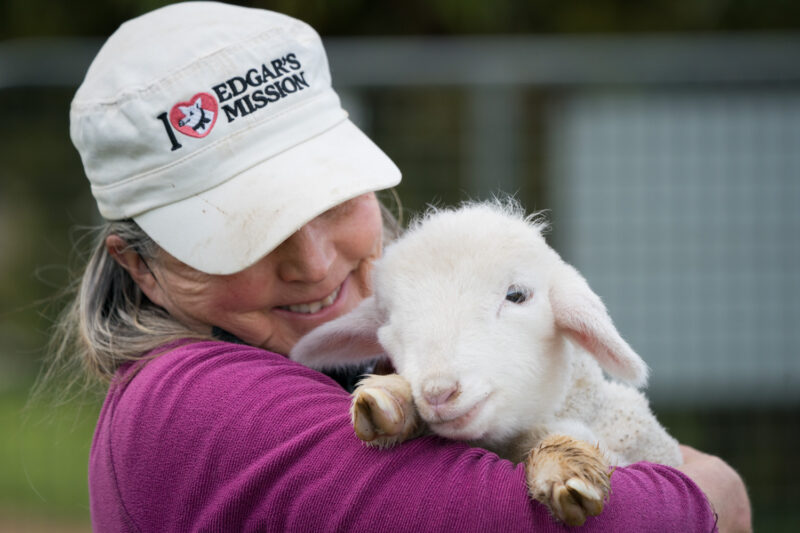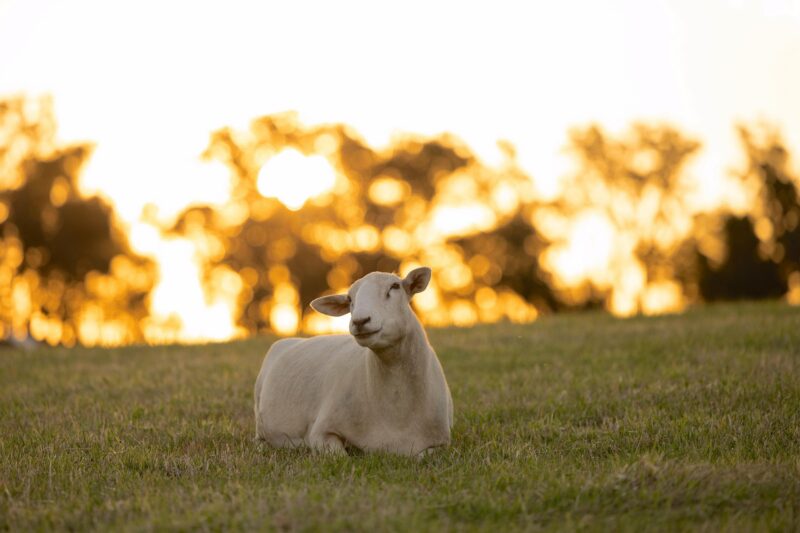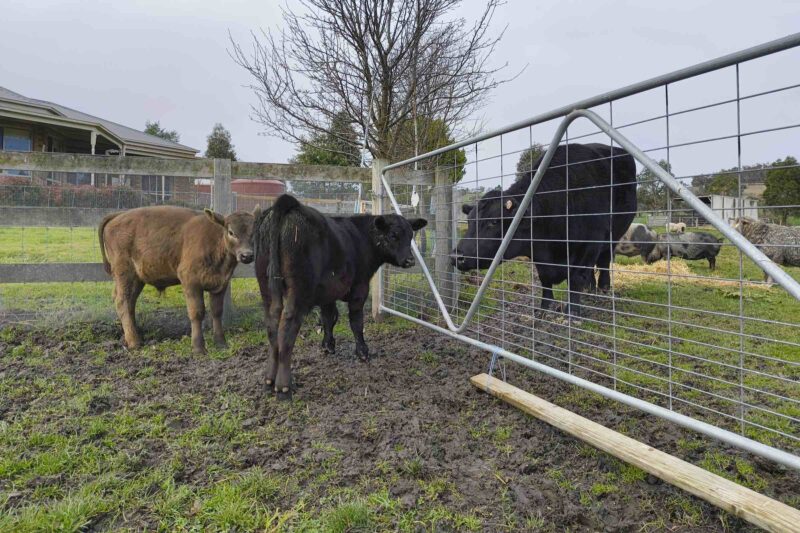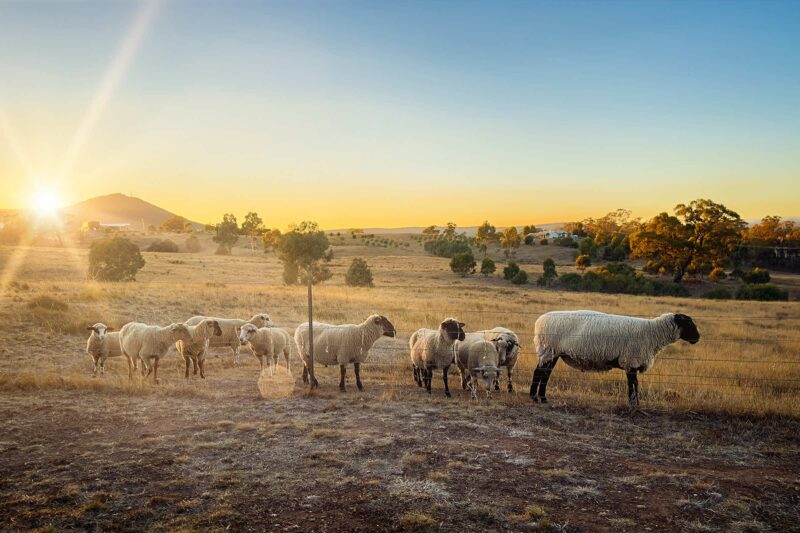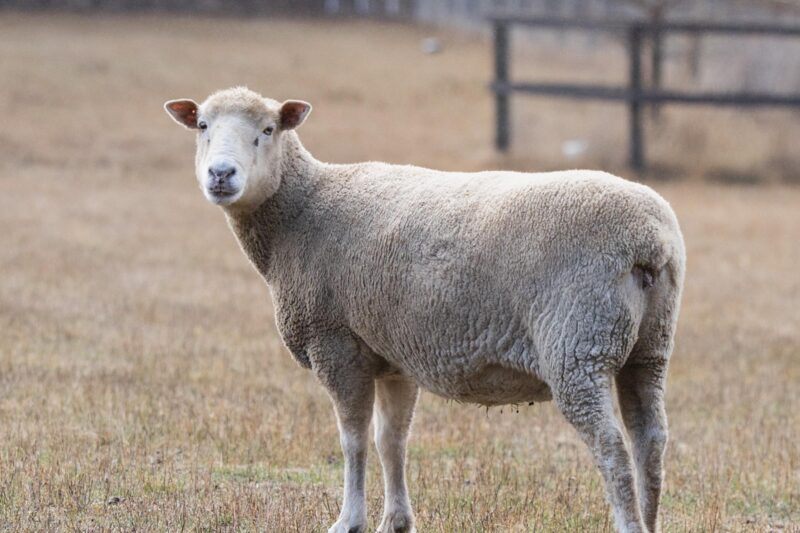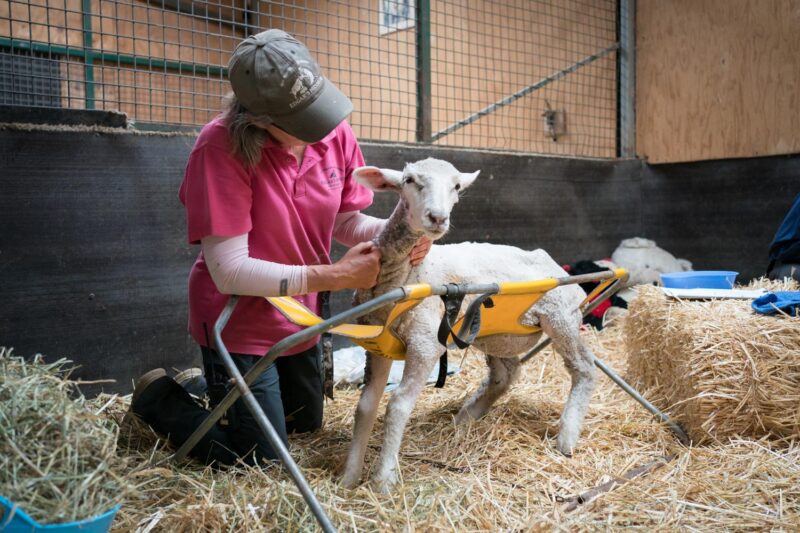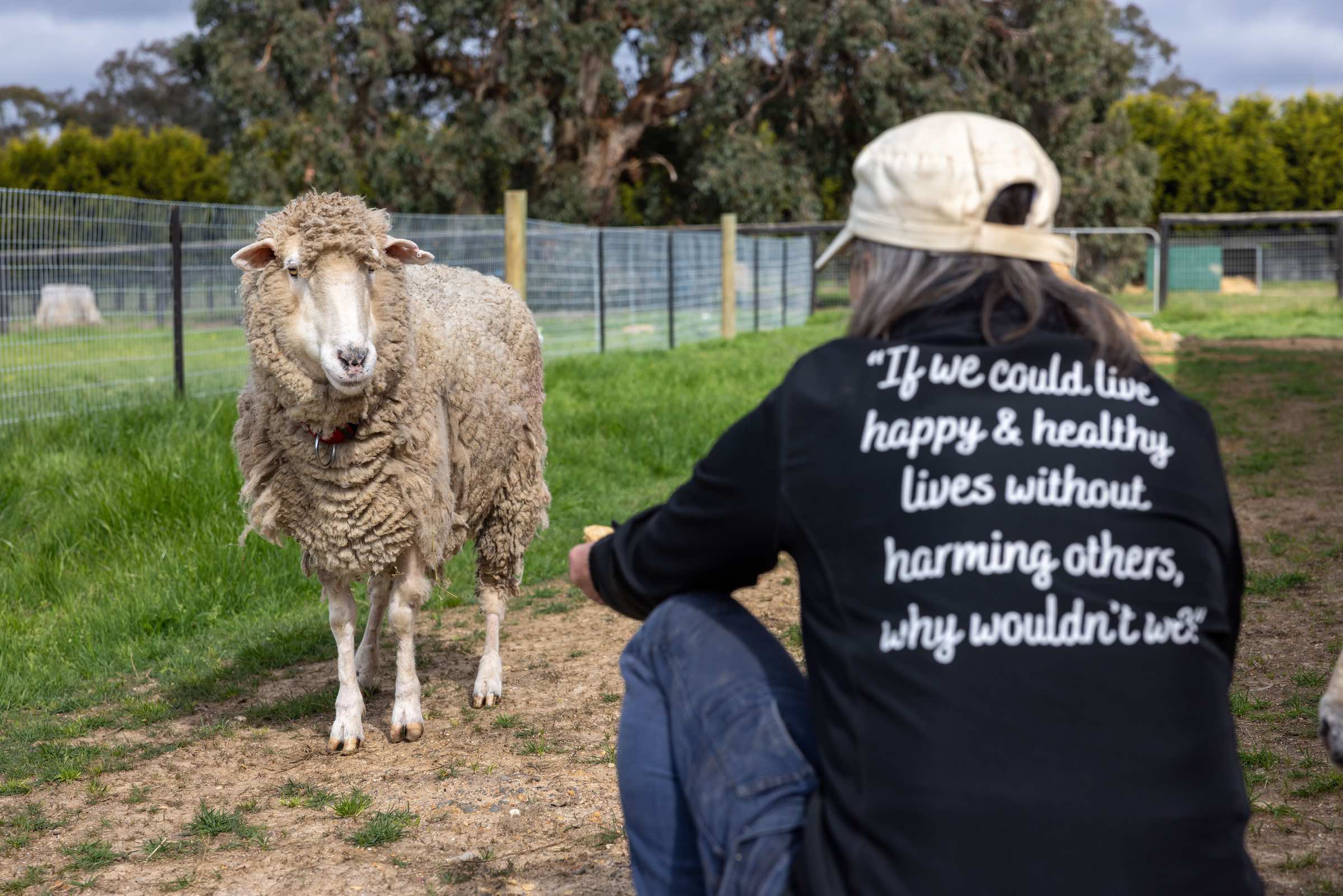
What You Do Next Could Save a Life
The faint smell of instant coffee and nervous anticipation hangs in the air. Folding tables ring the edges of the room. I grip my pen, hoping it will anchor the shyness within me. It doesn’t.
Heavy footsteps command my attention as the door bursts open. A man strides in with the kind of presence announced before he even speaks.
“I’m Barney Locke,” he announces cheerily.
Though I’d never known him before that day and would never see him again, his legacy still walks beside me. He was our first aid instructor, and his heart, we would learn, was even larger than his frame.
We learned DRABC: Danger, Response, Airway, Breathing, Circulation. But the lesson that etched itself into my bones wasn’t printed in that soon-to-be-dog-eared training manual. It was Barney’s mantra. One he repeated so often it became the drumbeat of the day: “What you choose to do next could save a life.”
Then came my turn. All eyes trained on me, waiting to see what I would do next. “Check for danger,” I called, scanning the scene. “My name is Pam Ahern and I’m here to help,” I spluttered with nowhere near Barney’s level of confidence. My knees hit the floor beside the training mannequin. My sweaty palms pressed into its chest as I pumped a steady rhythm—thirty compressions, two breaths.
Barney hovered nearby, nodding approval. I’d done it right.
And in that moment, I understood the truth in his words: life and death often hang on what we choose to do next.
Back then in the room, the thought was only of human lives. But as I made the long trek home, it struck me that Barney’s simple mantra reaches further. It applies to all lives—human and non-human alike.
And we don’t need sirens or uniforms to save them. We don’t need chest compressions or defibrillators to revive them. And we don’t even have to see them to help them. All we need is to connect the dots between our actions and their impact and choose compassion over cruelty.
Barney taught us to check for danger before rushing in. Today, I scan for the dangers animals routinely face—the frightened goat who just escaped the slaughter yard, the battery hen who’s never seen the sun, the unseen cruelty written into unjust animal protection laws, the health risks tied to animal products and the environmental cost to us all.
And then, I act. And you can, too.

Because within each of us beats a heart—whether covered in flesh, fleece, fur, feathers or fins—that longs to live. Once you truly see that, how could you choose harm?
I sometimes wonder what Barney is up to today and if he realises the legacy of his words. His mission was to save lives and teach others to do the same. Mine is, too. Only the ones I save have hooves or wings.
And so, I leave you with the same challenge Barney left me: What you choose to do next could save a life.
The question is—what will you choose?

